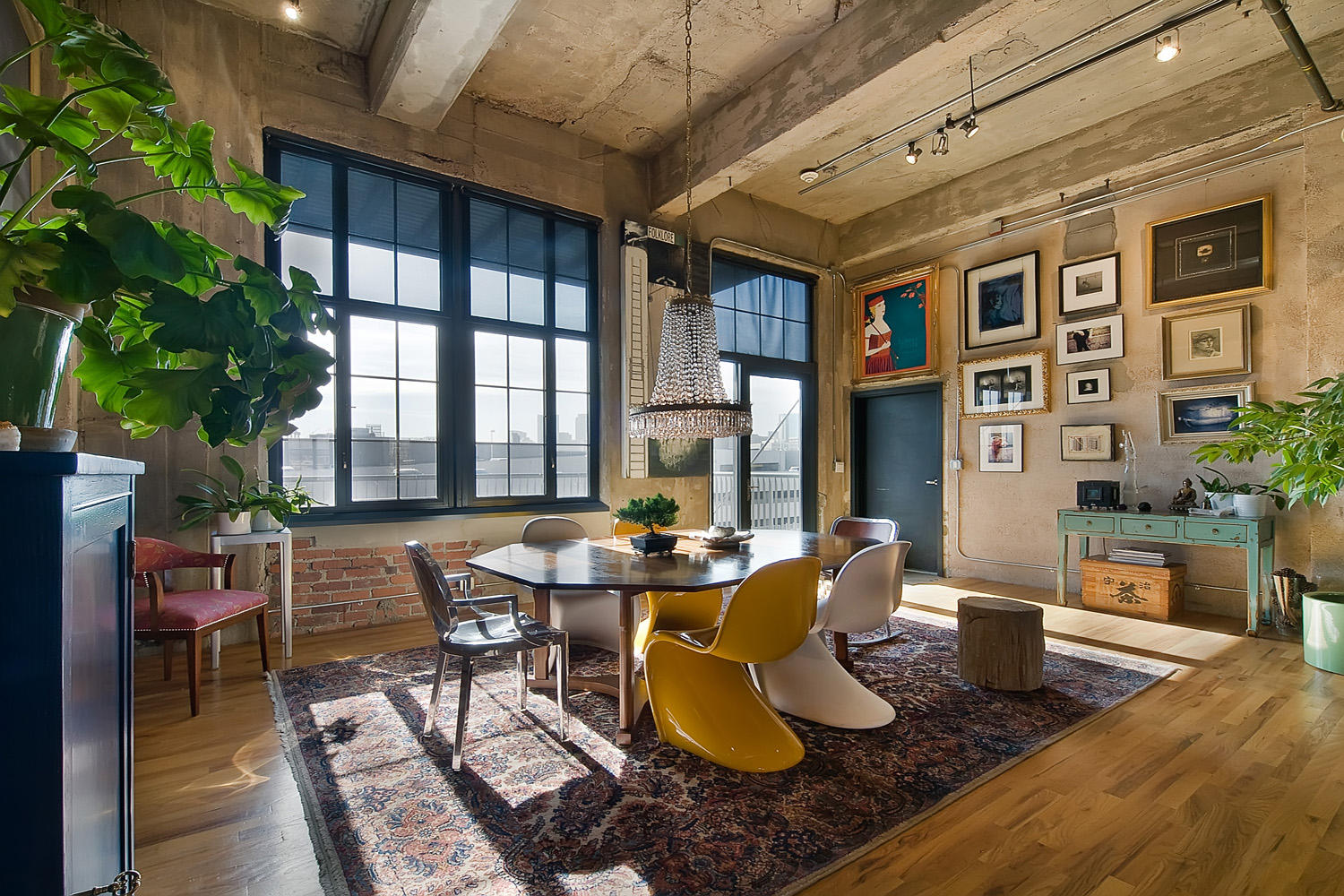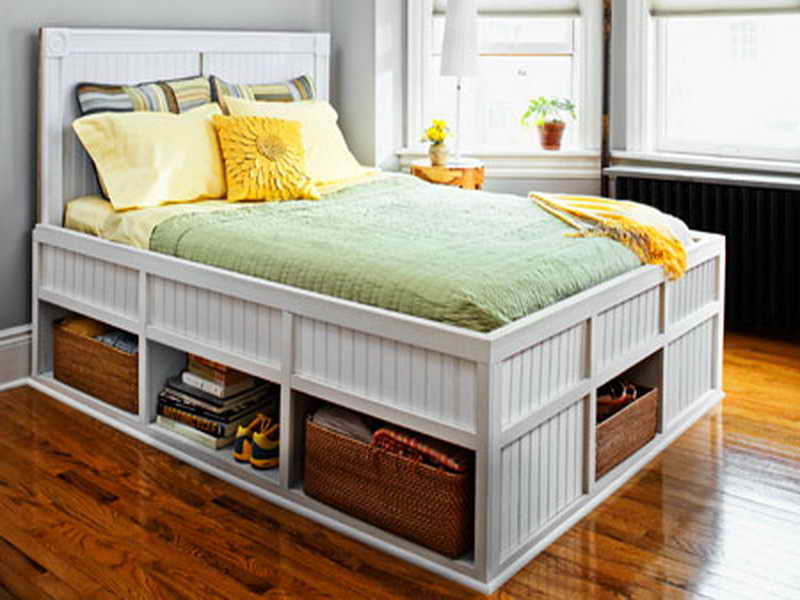When it comes to using wood in construction as building materials, engineered wood is a popular substitute to solid hardwood. Especially when it comes to wood flooring, engineered wood is deemed as an excellent alternative to solid wood flooring. The reason behind this is the availability of this flooring type in multiple varieties in terms of material, finishing and methods of construction.
Not just this, wood flooring adds to the aesthetic appeal and overall value of your home and is quite durable in nature. Engineered floors basically refer to a hardwood layer that is adhered to multilayered plywood. You’ll find two main kinds of engineered floors: prefinished by factory and finished-on-site.
If you choose a good-quality engineered floor, it will appear just like solid hardwood flooring. It has the ability to expand more and contract less. This makes engineered floor an ideal choice for an unstable environment that is vulnerable to hazards like earthquakes and shocks.
Engineered timber flooring suppliers in Melbourne offer 3/8 inch to 1/2 inch thick floorboards, and the standard widths are 3 1/4-inch. Engineered wood flooring is easier to get installed than solid hardwood flooring and uses methods like stapling, nailing, fold and lock, or gluing.
Although engineered wood flooring is not the same as the solid wood it has substantial durability. It can hold up to the moisture much better which makes it tough and capable of heavy duty.
If you want a more practical option for your flooring, engineered wood is the one you should go for. It offers you attractive flooring within a reasonable price. However, there are many misconceptions that prevail regarding engineered wood flooring that may make you hesitant while taking the decision.
We’ve gathered some of the most common myths that customers have about this particular type of flooring.
1. Compromised Quality
This is one of the major myths that have become a primary concern for the customers regarding engineered flooring. They think the quality decreases in all engineered wood flooring. Well, this is true that the quality of all engineered hardwood products isn’t equal.
To find the exact answer, you’ll have to know the composition of the flooring and see what it is made of. Usually, low-quality plywood starts showing up problems as either the veneer begins to detach or the layers start coming off. If the composition of the product is poor, it means the quality of the flooring is poor. But make sure you ask the professional and get all the details. You can find engineered wood in multiple prices, ranging in quality. You can choose whichever suits your preference best.
2. Lesser Durable
Contrary to the widely spread notion, engineered hardwood products are quite durable. They make a sustainable flooring solution with their ability to expand more.
So, if you’re living in an area that is prone to environmental hazards, it’s best that you go for engineered wood like reclaimed timber flooring rather than solid hardwood to endure the shocks and effects.
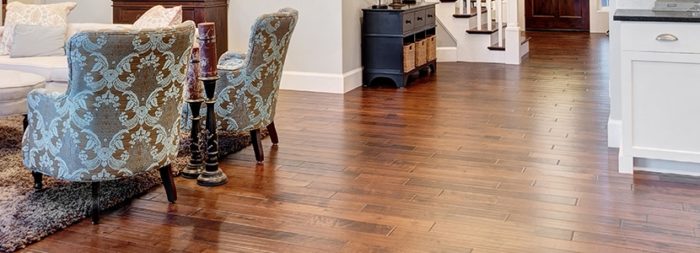
3. Limited Refinishing Options
Customers think that if they go for alternative options of solid hardwood, they won’t have as much liberty in finishing and sanding. Well, this isn’t the problem with engineered wood. It can be refinished and sanded.
However, it’s mandatory that you have hardwood planks with a veneer of at least 2mm. The thicker the veneer is the more times you’ll be able to refinish it. Veneer less than 2mm thickness cannot sustain refinishing and the entire layer of hardwood or plywood would wear away.
4. Installation Limitations
It is often considered that engineered oak floorboards or other processed wood flooring options aren’t feasible to install in all room and are time-consuming. Well, in reality, engineered wood products are more versatile and flexible than solid hardwood flooring. They can be installed in any room you want and they can remain highly stable in all circumstances.
As far as the installation time is concerned, you can choose a prefinished variety of engineered floorboards to reduce the time spent on the underlayment. They can be installed directly, easily and quickly.
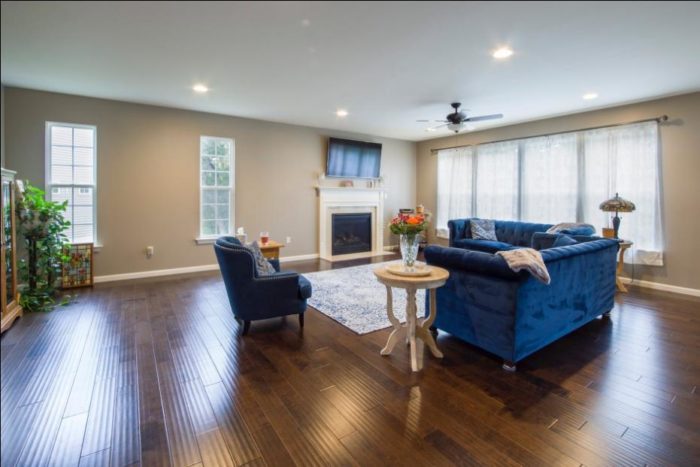
5. Engineered Wood Floor Grading
It’s assumed that you cannot install wood flooring below a certain grade. That’s not true. If you’re using engineered wood for the flooring, you can install it at any grade you want and still get an attractive look for your space.
6. Lack of Warmth
Solid wood flooring is deemed to add warmth and cosiness to your living space. Such a thing is not expected out of engineered wood flooring options. Well, they do provide warmth to a room and offer better insulation to keep your place comfortable.
They can work well with heating and cooling systems to contribute to the warmness of the room. Options like, reclaimed timber flooring, are ideal for your room. They help give the room a charming and warm look.
7. Fake vs. Real Wood
You may have heard quite often that engineered hardwood is fake wood. This is just a baseless myth that has turned into a common opinion. The only difference between solid hardwood and engineered hardwood is the way they appear.
Engineered wood has layers of wood adhered together under the layer of veneer which gives it a processed look. It’s more versatile and amenable to use than the solid hardwood and can be a beneficial building material.
Choosing options like oak floorboards can give you a natural finish and light to medium brown colour that has a high tolerance for traffic, making it look like just solid hardwood.
There’s no such thing as fake wood when it comes to engineered wood floorboards. They can make a strong, reasonable and attractive flooring option for your home or any other place. They’re easy to maintain and have greater durability as compared to solid hardwood.
If you go for this option you’ll have a floor that remains trouble-free for years. The life of engineered hardwood flooring hugely depends on the quality you choose. The higher the quality the lesser the effort you’ll have to put in its maintenance.
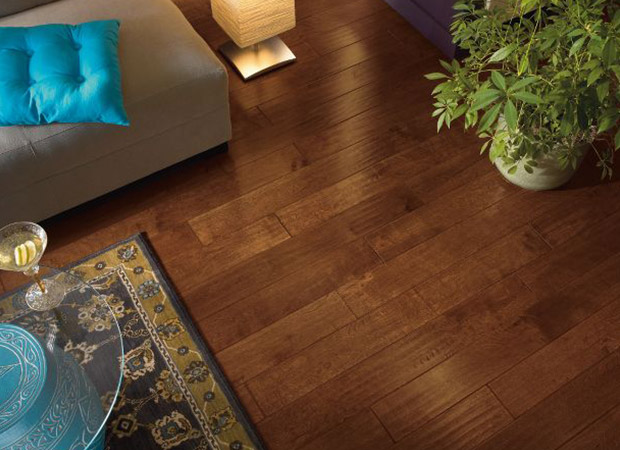
About Author
Simon is an entrepreneur and self-proclaimed jack of all trades. Simon has experience in the building and home renovation industry and he knows what it takes to knock out a successful project whether it be commercial or residential. Currently, Simon works as a marketing consultant with Smarter Timber Flooring- one of the prominent suppliers of various floorboards, like Whitewash, Parquetry, Grey Floorboards etc. Another niche for Simon is travel and outdoors leisure, including sporting equipment and bikes. A big kid at heart if it goes fast, bounces, slides or you can climb it Simon has put it to the test.

